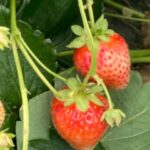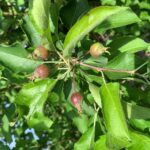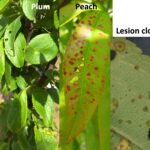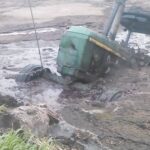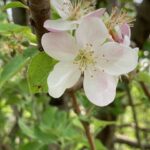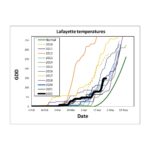Apples
Why Should I Buy Crop Insurance? It’s still the number one question farmers ask me. And I know what they’re really asking is, does crop insurance actually pay? Is it worth it? In the end, that’s up to you to decide, but it’s important to understand the role crop insurance plays in the long-term success[Read More…]
Wet weather has led to an uptick in shot hole disease, caused by the bacterium Xanthomonas arboricola pv. pruni (XAP). We started to see a significant uptick in shot hole on peaches, cherry and plum already. Leaves and fruit susceptibility to XAP infection decreases after pit hardening. Keep in mind that any change to warm,[Read More…]
Indiana seems to experience the entirety of US weather, sometimes in the same day. The recent spate of cool, wet weather has left apple scab one happy fungus (Fig. 1). Most of the state just underwent an extreme scab period, and unfortunately, few of us could do anything about it because of the combination of[Read More…]
We’re getting close to the time when growers need to make chemical thinning decisions – for many the most perplexing and risky decision they will make all year. This is usually a tricky call to make. Remember that only about 5-10% fruit set is usually enough for a full crop. In other words, 90 out[Read More…]
Spring temperatures It seems like spring is progressing slowly, and in some respects it is. At this time of the year, the rate of plant development depends largely on temperature. The warmer it is, the faster plants develop. Early in the season we hope for cool weather to slow down bud development. This is so[Read More…]
